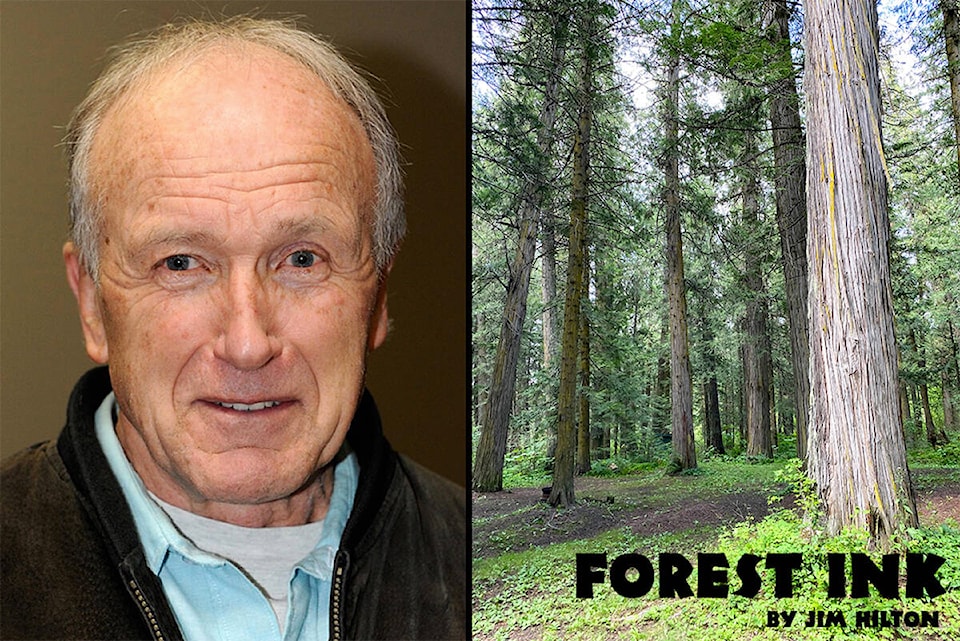Thanks to a tip from a friend I was made aware of an article by Nathanael Johnson in Grist about a town in Oregon that went through some important changes impacting the town and surrounding area regarding its susceptibility to wildfires.
Ashland, a city in southern Oregon with a population of 21,000 in 2019, is best known for the Oregon Shakespeare Festival. In the early 1950s the town had nine saw mills producing lumber but that was starting to change in the ’60s and ’70s:
“A new generation of residents saw the forests of the Pacific Northwest not as an industrial resource for exploitation, but a place for recreation and serenity. Throughout the 1980s, activists set up camps to block logging roads, gave speeches outside ranger stations, filed lawsuits, and lobbied politicians – a period known as the Timber Wars. Then, in 1990, environmentalists got the spotted owl on the endangered species list, and shortly thereafter a judge stopped all logging on state and federal land.”
READ MORE: FOREST INK: Giant tree makes news
Over the years it became obvious that the forests had become a fire hazard so the community leaders hoped to create a forest resilient to fire that would burn cool and mild, leaving plenty of living trees to hold the soil in place and keep the city reservoir from filling up with eroding gravel. And they hoped to create areas where firefighters could stop a dangerous blaze before it reached the populated community.
The plan would return key sections of the forest to something more like the landscape that existed under Native American management. A picture of the city shows lots of trees surrounding the houses so the initial work consisted of sending in crews with chainsaws to clear brush and cut down trees where they grew thick enough to burn hot – followed by regular maintenance burns.
This first effort only covered 1,500 acres of the 15,000-acre Ashland Creek Watershed. The Forest Service quickly doubled down with a proposal to repeat the process and devise a long-term plan for the area as a whole. It would become today’s Ashland Forest Resiliency Stewardship Project.
Because the plan called for workers to take out small trees and leave the big ones, the thinning was strictly noncommercial on 80 per cent of the project’s acres. That increased the average trunk diameter in the watershed from 14 inches to somewhere between 16 and 19 inches. But Ashland did recoup a little money by selling trees that workers did cut down. Some 3,000 logging truck loads have left Ashland’s surrounding forests headed for area sawmills, yielding enough lumber to build over a thousand homes. The project made $6 million off those logs – just a drop in the bucket compared to the costs.
READ MORE: FOREST INK: Impacts of heat wave on plants
The project received some $28 million dollars in grants, the bulk from the federal government, though the state, tribes, nonprofits, and philanthropies also contribute. In 2013, Ashland voted to add a couple of dollars to every water bill, adding up to $200,000 every year, to pay for managing the watershed.
Not everyone was keen on the controlled burning but some of the local first nations convinced the residents that it was the best alternative, and so far most of the community supports the work.
Time will tell how much the modifications will reduce the impacts of a wild fire but the residents are doing something that improves many other values. If only a few properties are saved, that will help recover the costs.
Jim Hilton is a professional agrologist and forester who has lived and worked in the Cariboo Chilcotin for the past 40 years. Now retired, Hilton still volunteers his skills with local community forests organizations.
Like us on Facebook and follow us on Twitter.
